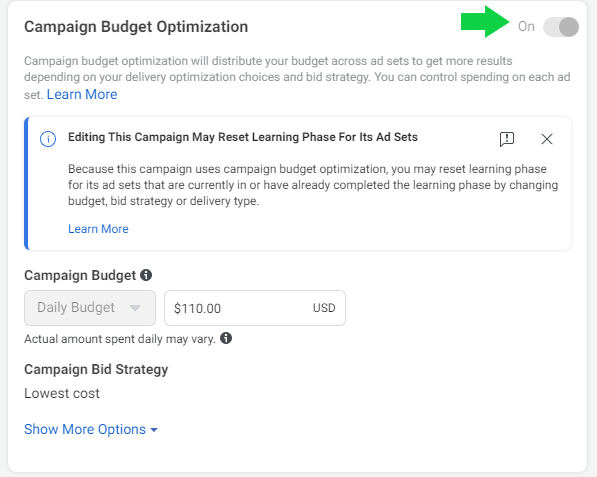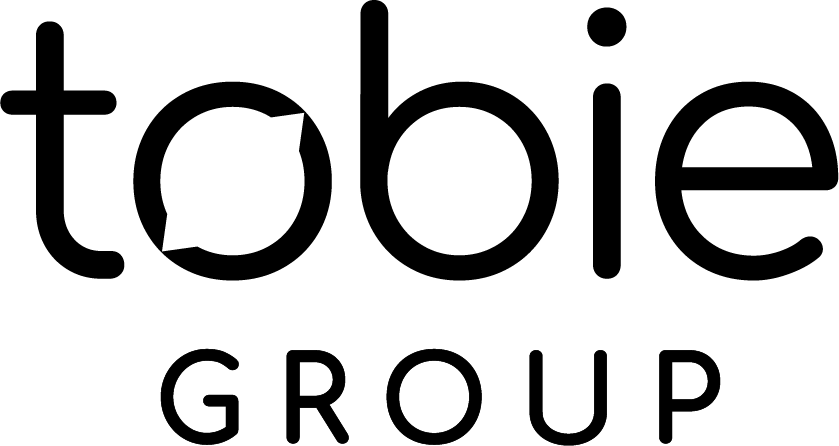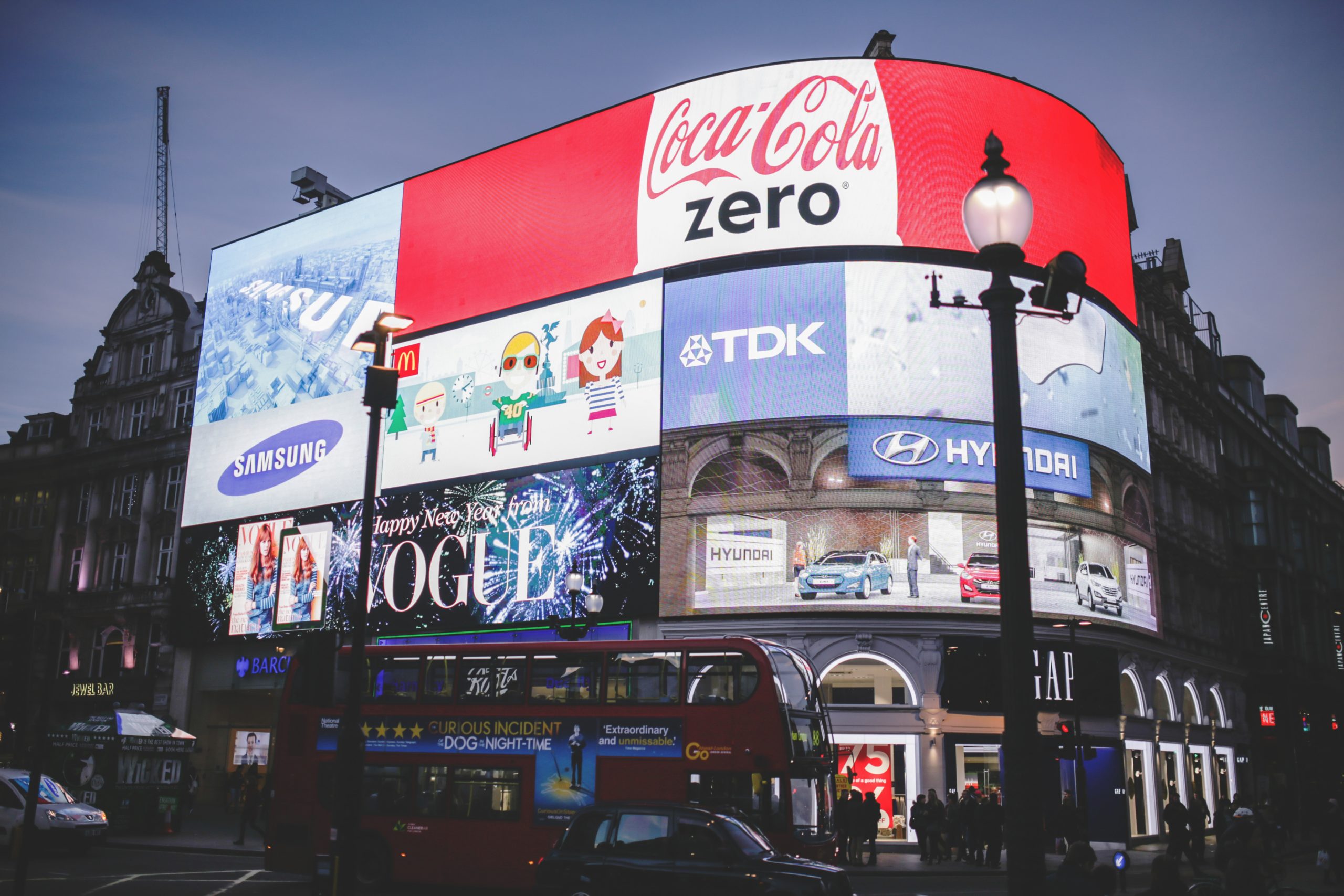Most marketers are overwhelmed with understanding and running paid social ad campaigns…and rightfully so! The management of digital advertising campaigns can be a daunting task, especially if you’ve never executed or optimized paid advertising campaigns. I’ve spent the past 10 years helping marketers build and manage their advertising campaigns. I was most recently focused on building social advertising campaigns on platforms like Facebook, LinkedIn and Pinterest.
Luckily, nearly all these paid advertising platforms operate similarly at their core. Executing key core items correctly gives your campaign the best chance of success. Facebook is the most prevalent social ad platform, so I’ll speak mostly about that here. Remember, these three keys are the foundation to almost every successful paid social campaign I’ve run.
Define the initial campaign criteria
Believe it or not, most marketers actually miss the basics of campaign strategy when building their paid social ad campaigns. Our tendency as marketers is to overthink and over-strategize, missing the simpler aspects of campaign setup and targeting. It’s easy to get distracted with the nuances of interest targeting, lookalike modeling, and other advanced criteria available on your social ad campaigns.
Take time to outline these items before you get started:
- Who is our target audience?
- More importantly… Why is that your target audience, and what do you want them to do?
- Where is the target audience located? Geo-location matters!
- What’s your budget? Will it be enough budget to accomplish your goals?
- Do you have a target ROI or cost per sale you need to reach?
The criteria above seem basic, but it’s surprising how often these get overlooked during the campaign setup process. Remember, the ad platform algorithms are only as strong as the information you provide it. Overlooking the basics will ensure your campaign starts at a disadvantage.
Spend time, money, and energy on creative testing
Creative is the number one tool available to optimize a campaign according to Facebook. However, creative is often overlooked in our haste to get a campaign in-market.
You may see best results when swapping and testing ad creative as often as every two weeks! Did your mind just go to the creative that you’ve had live for the past six months? If so, you aren’t alone…most brands don’t invest enough energy in testing their creative – and their performance suffers.
When testing and building creative:
- Use more video. Even simple videos shot with a tripod and iPhone can perform well. Test a handful of different messages, and be sure to film them in landscape view (turn your phone sideways). Add captions! They are important because more than 80% of videos on social media are watched without sound.
- Use automated creative split-testing as much as possible. Facebook’s A/B testing criteria is easily found when setting up your campaign. Test a few sets of ad creative, and then re-allocate budget based on the winner.
- Test all aspects of your creative, not just imagery. Most marketers will swap images in and out on their social campaigns, but won’t test other aspects of creative execution like the copy, CTA or headline text. Change the length of your copy, use emojis, adjust the positioning statements in your social ad copy… you may find that your imagery is right, but your message is wrong, and vice versa.
I recommend launching each campaign with 2-3 unique creative sets and then continuously optimizing from there. The more assets you load into the campaign, the better chance to the algorithm has of finding the messaging winner.
Use ALL auto-optimization features available
Digital media buyers had to “trick” ad platforms into pursuing a specific targeting criteria in the early days of digital media. Media buyers tested audiences based and segments based on brand research, and their gut. However, social platform algorithms have surpassed the capabilities of human media buying. Let the platforms do the job they’re designed to do. Automated optimization will “win” in most circumstances.
4 auto-optimizations to enable in Facebook:
- Campaign Budget Optimization
- Dynamic Creative
- Detailed Target Expansion
- Automatic Placements
Facebook’s Campaign Budget Optimization (CBO) was controversial when first announced because it removed media buyer control. However, CBO usually outperforms manual optimizations. Enabling this feature directs Facebook’s algorithm to test and optimize budget toward your best performing creative. So, if you’ve done your job in part 2, you’ll give the system a chance to point the proper budget toward the winning creative.

Dynamic creative allows you to automatically test all elements of your Facebook ad. The system will automatically combine all elements of your creative, and will optimize to the best-performing mix of elements.
Detailed target expansion tests additional audiences beyond your defined audience, particularly if Facebook thinks the expansion will perform better.
Finally, automated placements allows Facebook to choose the types of ad placements where your ad appears.
Marketers recoil sometimes about allowing Facebook to choose their ad placement for them. Automatic placements allow the platform to determine which channels an ad can appear. Once again, don’t try to outthink the machine! The Facebook algorithm is built to identify the optimal (and lowest cost) location to show an ad to someone. If you place a constraint on placements, you rob yourself of the opportunity to secure a lower cost ad impression.
The auto optimization features in social platforms are built to save you time and money. Give them a chance to do what they are meant to do! It might feel like a loss of control, but every social platform benefits when your campaigns succeed. The technology’s goals are aligned to yours.
Setting up a paid social campaign doesn’t have to be scary or daunting. Remember the basics, invest in creative, and trust the platforms to do their job. Finally, give your campaigns time to mature. If you’ve followed the other steps here, your patience will pay off and the technology will work for you – not against you.
Click here to read our next blog which is how to get more followers on Social Media.



